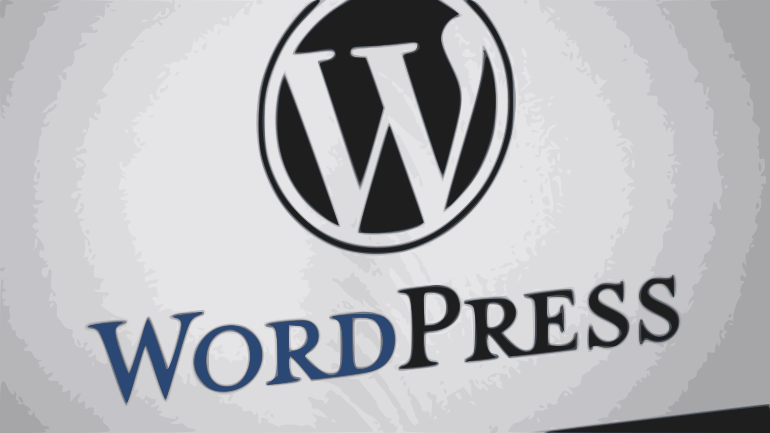Article: Using WordPress as a Headless CMS
The headless cms architecture creates a situation where the content is accessible via an API and end-user experience is delivered by a JavaScript application rendering the output of the API.
- By Mensah Alkebu-Lan
- 24 June 2023

WordPress as a headless CMS using @wpgraphql
— JSON Bahl (@jasonbahl) March 15, 2023
Content Creators 🤝 Developers
Table of Contents
Overview
Content Management System (CMS) refers to a software application used to create digital content. Here, we will be specifically talking about the WordPress CMS.
There are a number of reasons organizations, at least initially, find the traditional WordPress an attractive option. To mention a few, WordPress installation is often very easy, and inexpensive WordPress hosting is easy to find.
Also, WordPress offers many themes and plugins to extend its functionality and features. Specifically, a WordPress theme defines the presentation of the content, while a plugin is responsible for some aspect of its features and behavior. If a desired WordPress plugin does not exist, a skilled WordPress developer can create it. Even if a person is not skilled in JavaScript, a typical WordPress user can build websites and publish online easily.
WordPress as a Headless CMS
The WordPress REST API makes it possible to create interactive applications for web, mobile, or existing platforms using the same content. This is how WordPress is used as a headless content management system (CMS).
Specifically, the headless cms architecture creates a situation where the content is accessible via an API and end-user experience is delivered by a JavaScript application rendering the output of the API. This approach is often attractive for teams that are comfortable using JavaScript for web development.
One of the benefits of a headless cms is it enables organizations to nify content into a single content hub. They also enable collaborative workflows. Doing this allows content editors and developers to work in parallel.
A headless cms is not a decoupled cms. The difference is a headless cms does not include a presentation layer at all, while for a decoupled cms, the presentation layer is optional.
Contact us for more information on headless cms architecture.
References
- Pyykölä, Larisa, and Edina Petróczki. “Design and development of a web application for Vihdin-Nummelan Kylähistoria Ry with WordPress as a Headless CMS and React.” (2020).
- Arafath, Yasir. “Content Management Systems: An overview between WordPress and Drupal.” (2021).
- Nguyen, Bang. “Improving web development process of MERN stack.” (2021).
- Kankaala, Minna. “Enhancing E-Commerce with Modern Web Technologies.” (2019).
- Savka, Olga. “Applying hypothetico-deductive reasoning to design, develop and evaluate dynamic website.” (2021).
- “Headless CMS explained in one minute.” Contentful. Accessed 20 June 2023.
mobile-devices
The Benefits of Voice over IP Phones



